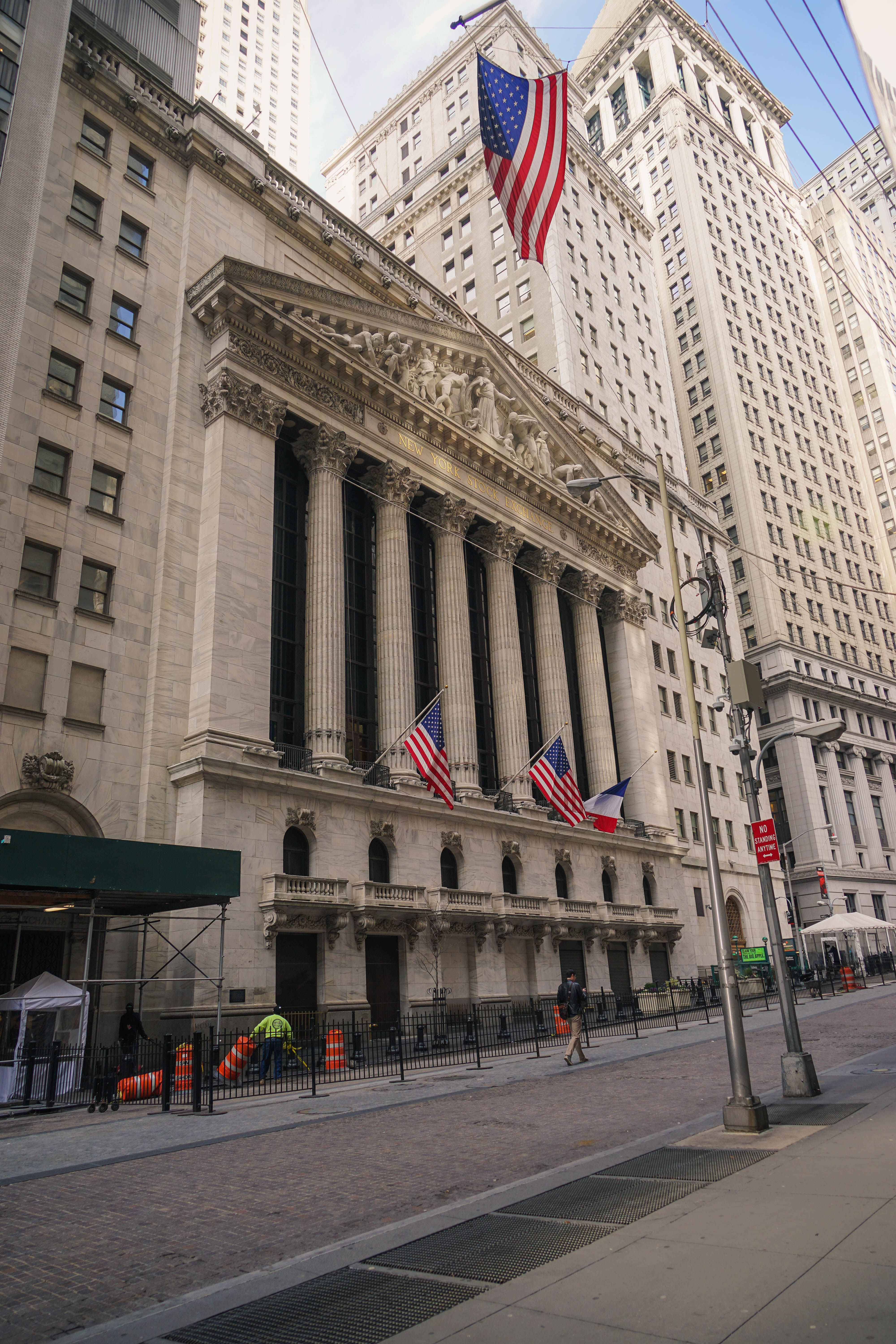|
MOL Group
MOL Plc. ( hu, Magyar OLaj- és Gázipari Részvénytársaság, lit=Hungarian Oil and Gas Public Limited Company), also commonly known as MOL Group, is a Hungarian multinational oil and gas company headquartered in Budapest, Hungary. Members of MOL Group include among others the Croatian and Slovak formerly state-owned oil and gas companies, INA and Slovnaft. MOL is Hungary's most profitable enterprise, with net profits of $770 million in 2019. The company is also the third most valuable company in Central and Eastern Europe and placed 402 on the Fortune Global 500 list of the world's largest companies in 2013 with a revenue equal to one fifth of Hungary's GDP at the time. As of October 2021, the largest shareholder is the Mol New Europe Foundation with 10.49% ahead of Maecenas Universitatis Corvini Foundation and Mathias Corvinus Collegium Foundation, both with 10%, OmanOil Budapest with 7.14% and OTP and ING Bank with 4.9% and 4.48% respectively. Nearly 45% of shares are fre ... [...More Info...] [...Related Items...] OR: [Wikipedia] [Google] [Baidu] |
Public Company
A public company is a company whose ownership is organized via shares of stock which are intended to be freely traded on a stock exchange or in over-the-counter markets. A public (publicly traded) company can be listed on a stock exchange ( listed company), which facilitates the trade of shares, or not ( unlisted public company). In some jurisdictions, public companies over a certain size must be listed on an exchange. In most cases, public companies are ''private'' enterprises in the ''private'' sector, and "public" emphasizes their reporting and trading on the public markets. Public companies are formed within the legal systems of particular states, and therefore have associations and formal designations which are distinct and separate in the polity in which they reside. In the United States, for example, a public company is usually a type of corporation (though a corporation need not be a public company), in the United Kingdom it is usually a public limited company (plc), ... [...More Info...] [...Related Items...] OR: [Wikipedia] [Google] [Baidu] |
